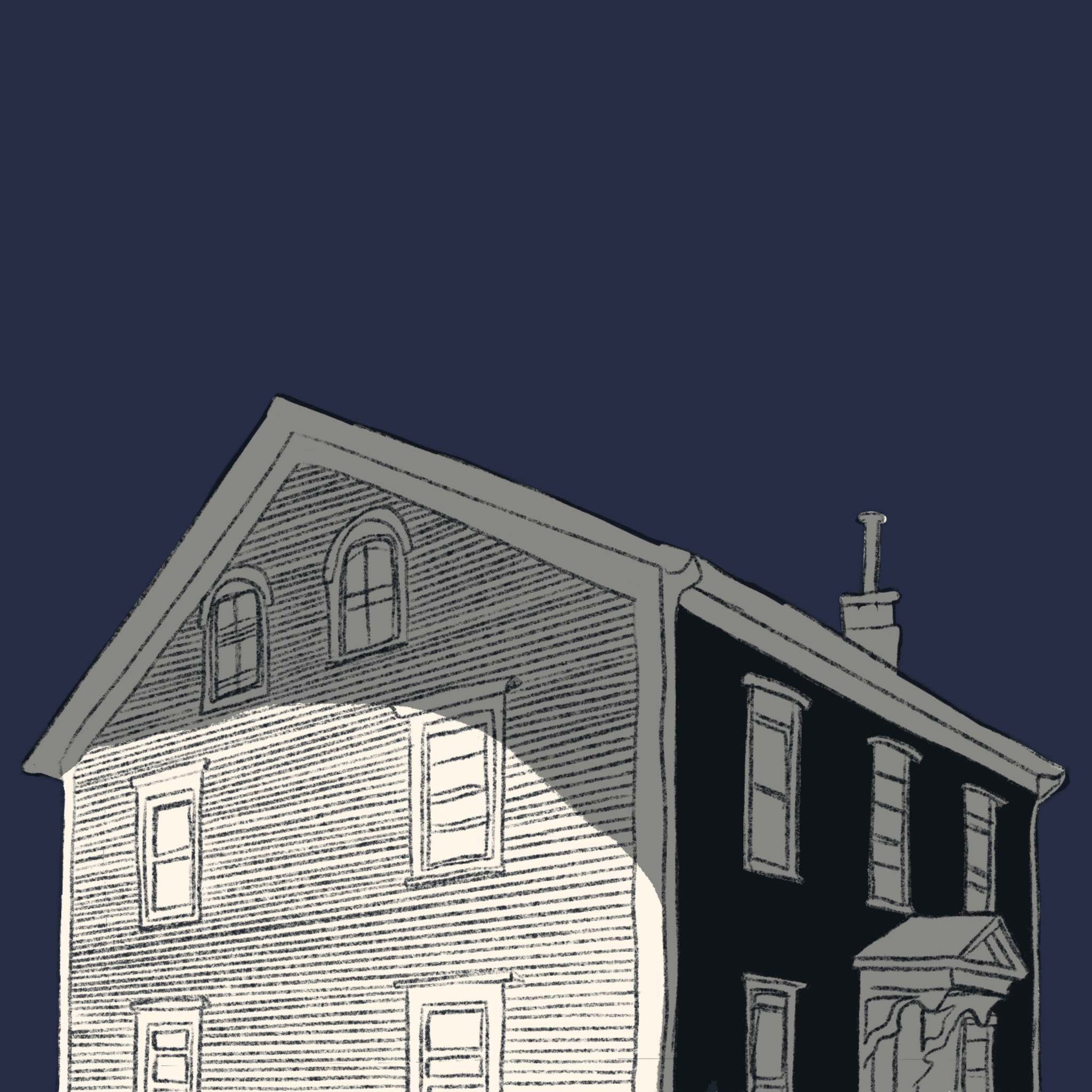Climate change is making summers hotter, prompting some communities to expand or build cooling center networks for the first time.
Meanwhile, cities like Oklahoma City often have summer temperatures above 90 degrees but don’t run or coordinate cooling center networks.
Last year in the United States, more than 2,300 people died due to heat—the highest number in recorded history, according to an Associated Press analysis of data from the Centers for Disease Control and Prevention.
But some research suggests deaths due to heat are significantly undercounted and outnumber those caused by extreme cold. Globally, the actual number of deaths due to heat could be 30 times higher than current estimates, according to the World Meteorological Organization.
Many state landlord-tenant laws don’t require rental housing to provide adequate cooling, even in states known for their summer heat, like Texas.
The need to cool down is especially high for unsheltered people, who are often one of the main users of public cooling centers.

In communities with cooling centers, residents sometimes have trouble accessing them because they don’t have transportation or don’t know about them.
Oklahoma City counts on an electric company to list cooling centers available to the public
Most city or county cooling center networks are made up of public buildings the local government already owns or has access to, especially libraries, recreation centers and senior centers.
When local governments don’t coordinate cooling center networks, they leave the job to businesses and nonprofits.
In Oklahoma City, where temperatures rose above 100 degrees last week, city spokesperson Kristy Yager said the city doesn’t run any cooling centers.
“All our buildings have children in them during the day,” she said by email.
Filling that role instead, in a way, is Oklahoma Gas and Electric Company (OG&E), which publishes an annual list of cooling centers in Oklahoma.
The Homeless Alliance’s day center is one option for Oklahoma City residents to cool off. Homeless Alliance CEO Meghan Mueller said people experiencing homelessness often visit libraries to get out of the elements, including summer heat.
Mueller said during the winter, the city follows a cold weather contingency plan, but a similar plan for extreme heat isn’t in place.
“Part of the reason that winter gets so much attention,” Mueller said, “is we know it gets colder at night and that’s when there are fewer resources available.” During the summer, on the other hand, “Once the sun goes down and there are less resources available, that’s when it’s actually more bearable if you’re outside.”
[ Read more: Climate change threatens 41% of rental homes, report says ]
After record-breaking heat deaths last year, Maricopa County is expanding cooling center hours
In 2005, the Maricopa County Association of Governments and Maricopa County Department of Public Health in Arizona started a county-wide cooling center network after 35 people died during a nine-day heat wave.
Last year in Maricopa County, home to Phoenix, a record-breaking 645 people died due to heat, up 52% from the year before, according to county data. About 300 of the deaths involved people who were experiencing homelessness, making heat the second-biggest cause of death among unhoused people in the county. Two-thirds of those who died due to heat were 50 or older.
More than 400 of the heat-related deaths, or two-thirds, involved substance use, county data shows. Dr. Nick Staab, assistant medical director for Maricopa County’s public health department, said drugs and alcohol can worsen the effects of heat.
“During the summer, the physical effects of intoxication and heat are just compounded,” Staab said. “It makes it that much more dangerous for people who are outdoors.”
Last year, a county survey of 1,260 residents found 61% knew Maricopa County’s cooling centers existed. The survey found the most common ways residents heard about the cooling centers was through TV, radio, their local government and community organizations.
Of those surveyed who weren’t unhoused, about a quarter said their home was too hot during the summer, and about 20% said they struggled to pay their energy bills.
[ Read more: Evictions and domestic violence cases top legal aid programs’ 2023 caseloads ]
The county also surveyed about 940 cooling center visitors, 80% of whom felt summer temperatures put their health at risk.
In the past, many of Maricopa County’s cooling centers closed in the afternoon and weren’t open at night or during weekends, Staab said. This summer, the county is devoting $2.7 million from American Rescue Plan Act funding and $1.8 million from other federal and state grants to expand its cooling center hours.
“We really need them to stay open ideally until 7 p.m. or later, as well as add weekend hours, because we know those are times when our community still needs relief from the heat,” Staab said in early June.
Covid relief packages, like the American Rescue Plan Act, helped local and state governments start or expand a slew of programs. But some communities have worried they won’t be able to sustain what they’re doing after the funding expires.
Staab said that’s a major concern with the county’s expanded cooling center hours.
“We don’t have a lot of resources going into this response,” Staab said. “Part of our goal in public health is gathering data so that our leaders can talk about how we believe we should be treating extreme heat as a disaster and make it eligible for funding resources so we can respond more effectively.”
Cooling center maps can help residents find a place to escape the heat
From May through June 22, Travis and Williamson counties, home to Austin, Texas, have had 246 heat-related hospital visits, county data shows.
Last year, the city of Austin made a cooling center map that can be quickly updated if a facility is closed or changes its hours for the day.
[ Read more: Camping ban citations worsen people’s ability to find housing ]
It’s unclear if the map has led to increased visits to cooling centers, though. Sara Henry, spokesperson for Austin’s emergency management department, said the city doesn’t track how many residents use its cooling centers, in part because they’re in places like libraries and recreation facilities that people visit for other reasons.
Henry said in the past, the city worked with the Austin Disaster Relief Network, a group of churches that mobilizes volunteers to respond to disasters, which connected the city with churches to serve as cooling centers during extreme heat.
Henry said few residents used those facilities, perhaps because they didn’t know the churches were operating as cooling centers or those locations weren’t on a bus route.
“What we find is some of those private facilities don’t always want to stand up resources if people aren’t going to use them,” she said.
During the summer, cities often coordinate with local homeless service providers on street outreach, which shifts slightly during hot-weather months. Outreach workers go from handing out blankets and coats to delivering water and things like sunscreen, bug spray and hats to protect against the heat.
Greg McCormack, program manager for Austin’s Homeless Strategy Office, said the city and outreach workers identify camps that are especially vulnerable to heat so that outreach teams can focus on them.
“In the summer,” McCormack said, “we talk a lot about dangers of heat and make sure they are aware of the symptoms of any heat-related illness and that they know if they come upon someone who is in distress to call 911 to get them assistance immediately.”
Outreach teams also tell unsheltered residents which bus routes go to cooling center locations.
[ Read more: HUD hasn’t inspected some subsidized properties for a decade or longer, agency data says ]
McCormack said during excessive heat warnings, the city considers measures like expanding cooling center hours.
Some local building codes require landlords to provide air conditioning
Jonathan Wilson, deputy director of the National Center for Healthy Housing, argues cooling centers aren’t the answer to the problem of homes being too hot during the summer.
“We need (cooling centers),” he said. “They should be available to people who don’t have access to cooling within their homes, but the end goal is not to have more cooling centers. The end goal is to have housing that has air conditioning where people can get relief, especially housing for older people and young kids because that’s who’s most at risk.”
Wilson said more local building codes are starting to require landlords to provide air conditioning, similar to decades-old requirements to ensure homes have heat during the winter.
“We’re getting to a point where (air conditioning is) just as important, that we need to have housing that has air conditioning at least in one room so you can get relief in that one room.”
Connect with resources mentioned in this story
- Dial 211 to find utility assistance and cooling centers in your area
- Need utility assistance? Find out if you qualify for assistance from the Low Income Home Energy Assistance Program
- In Arizona, find cooling center maps for Maricopa, Pima, Pinal and Yuma counties
- In Oklahoma, find cooling center hours and locations in OG&E’s cooling center guide
- In Austin, find a cooling center with the city’s cooling center map
- In Oklahoma City: The Homeless Alliance’s day center is open to all daily from 6:30 a.m. to 4 p.m. Learn more about the Homeless Alliance, how to get help and how to get involved
Contact Streetlight editor Mollie Bryant at 405-990-0988 or bryant@streetlightnews.org. Follow her reporting by joining our newsletter.
Streetlight, previously BigIfTrue.org, is a nonprofit news site based in Oklahoma City. Our mission is to report stories that envision a more equitable world and energize our readers to improve their communities. Donate to support our work here.




Great article on an important topic! I’ll just add that urban canopy and green spaces are vital tools to combatting the urban heat island effects.